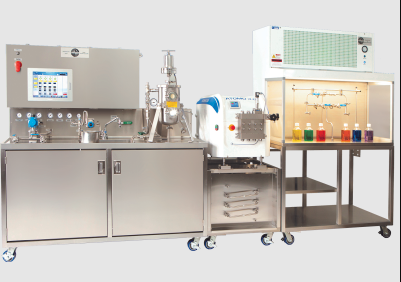The demand for energy-efficient and environmentally friendly heating and cooling systems has led to the development of various innovative technologies. One such technology gaining traction is the thermoelectric heat pump. In this article, we will explore the concept behind thermoelectric pumps, their advantages, applications, and their potential role in shaping the future of sustainable climate control.
A thermoelectric pump is a device that utilises the thermoelectric effect to transfer heat from one location to another, providing both heating and cooling capabilities. This technology relies on the principle of the Peltier effect, named after the French physicist Jean Charles Athanase Peltier, who discovered it in 1834.
The Peltier effect occurs when an electric current is passed through a junction of two dissimilar materials, such as semiconductors. As a result, heat is absorbed at one junction and released at the other, creating a temperature differential. By reversing the direction of the current flow, the thermoelectric pump can switch between heating and cooling modes.
Advantages and Applications of Thermoelectric Heat Pumps
- Energy Efficiency: Thermoelectric pumps offer high energy efficiency compared to conventional heating and cooling systems. Their solid-state nature eliminates the need for refrigerants, compressors, and moving parts, reducing energy consumption and maintenance requirements.
- Compact and Silent Operation: Thermoelectric pumps are compact and lightweight, making them suitable for various applications where space is limited. Additionally, they operate silently since there are no noisy mechanical components involved.
- Versatility: Thermoelectric pumps can be used in a wide range of applications, including residential buildings, commercial spaces, transportation, and electronics cooling. They can efficiently cool or heat small spaces, such as cabins, car seats, or electronic devices.
- Environmental Friendliness: By eliminating the use of refrigerants, thermoelectric pumps contribute to reducing greenhouse gas emissions and the depletion of the ozone layer. They offer a more sustainable alternative for climate control.
The Future of Thermoelectric Pumps in Sustainable Cooling and Heating
As the world continues to focus on sustainability, thermoelectric pumps are emerging as a promising solution for energy-efficient climate control. Researchers are working on improving the efficiency of thermoelectric materials, enhancing heat transfer rates, and reducing costs.
The integration of thermoelectric pumps into renewable energy systems, such as solar or geothermal power, could further enhance their environmental benefits. By harnessing clean energy sources, thermoelectric pumps can provide heating and cooling while minimising their carbon footprint.
In addition to buildings, thermoelectric pumps have the potential to revolutionise other industries. For example, in the automotive sector, they can be used to cool or heat electric vehicle batteries, improving their efficiency and extending their lifespan.
Conclusion
The thermoelectric heat pump technology offers a promising solution for energy-efficient and environmentally friendly climate control. Its solid-state design, compactness, and versatility make it suitable for various applications. With ongoing research and advancements, thermoelectric pumps are poised to play a significant role in shaping the future of sustainable cooling and heating systems. By embracing this innovative technology, we can contribute to a greener and more energy-conscious world.
















